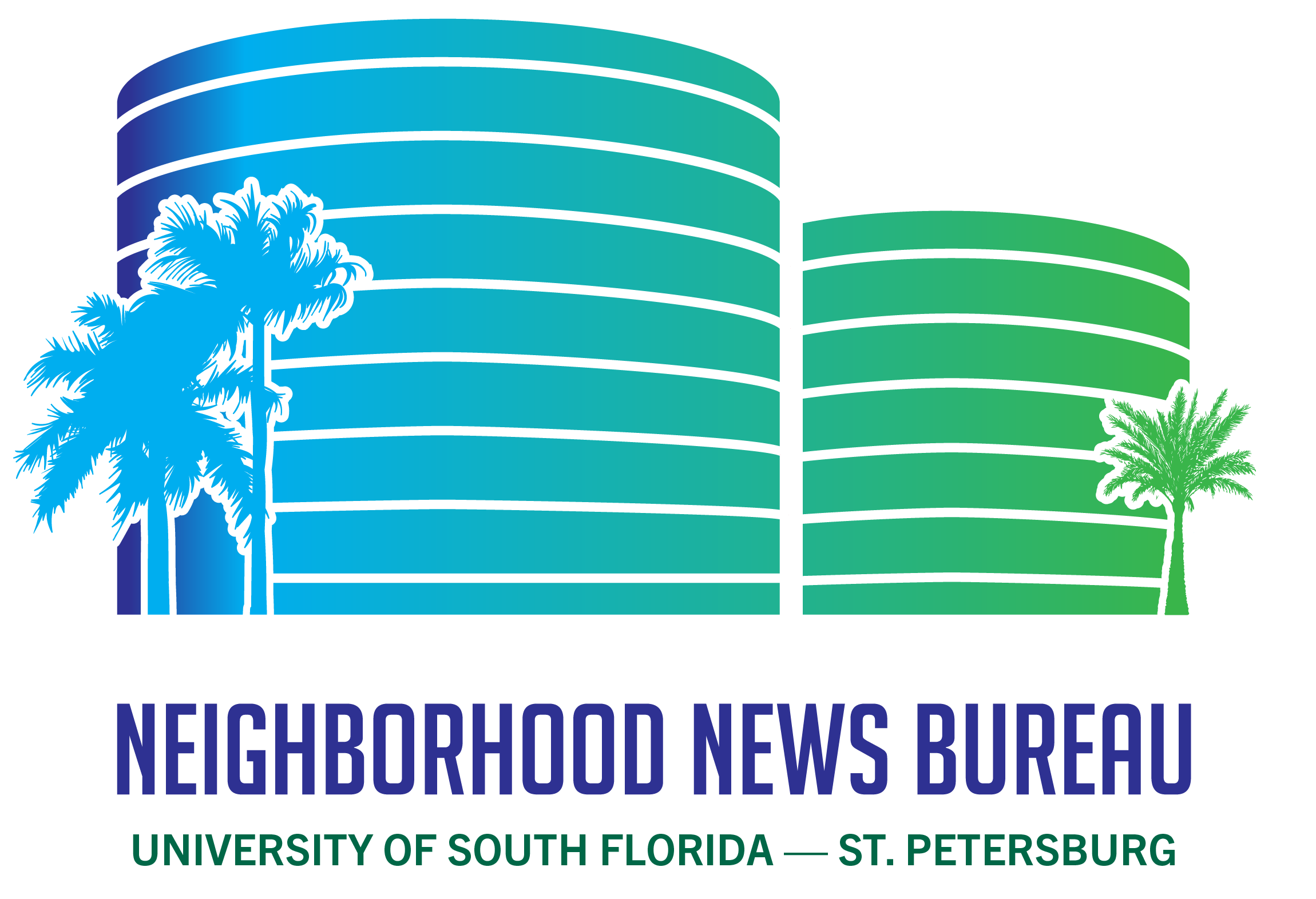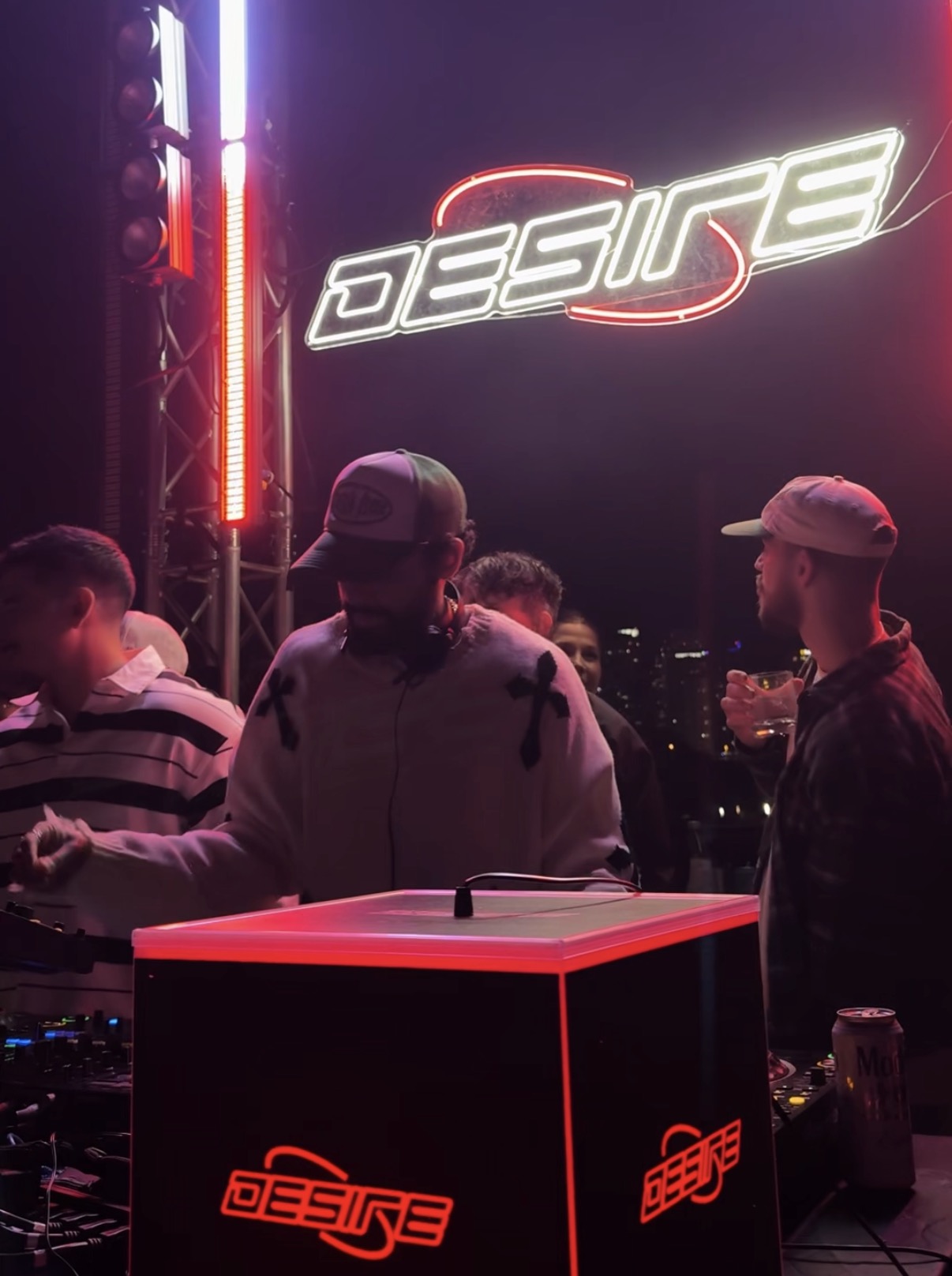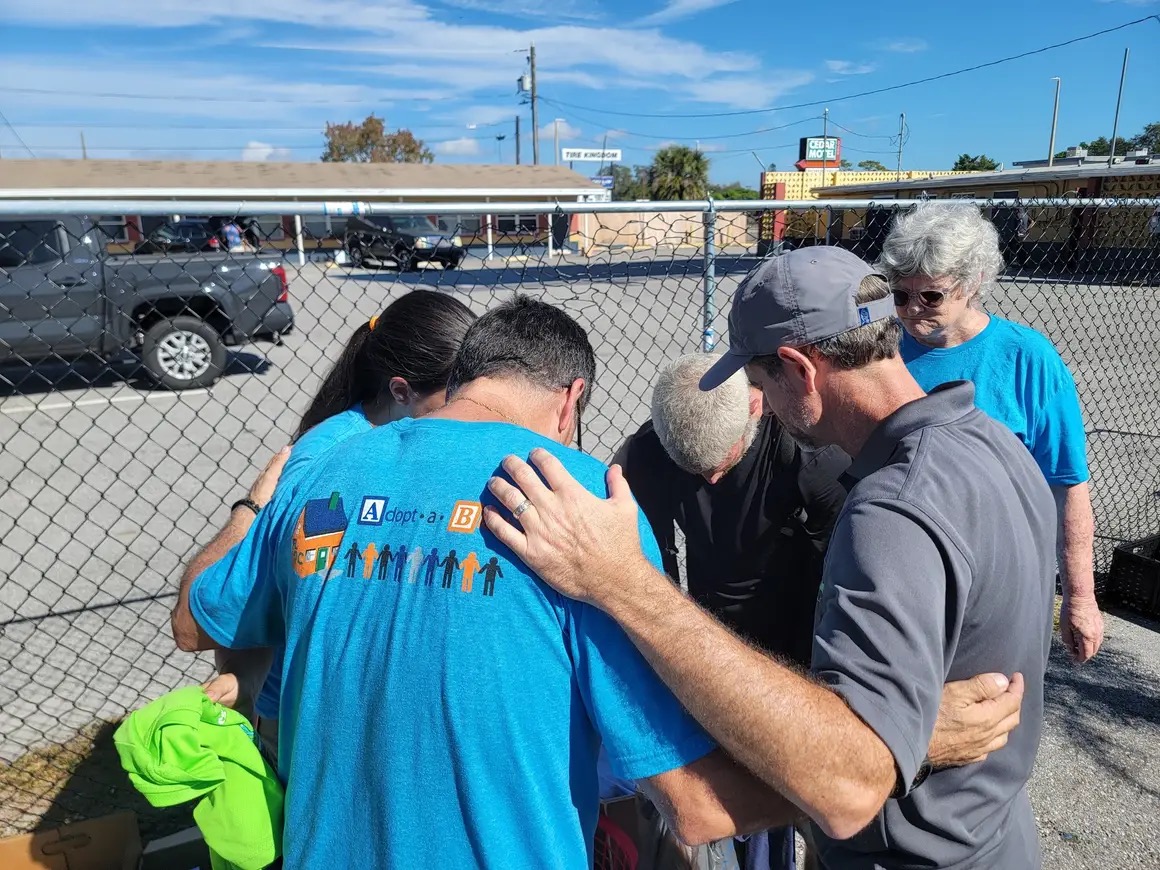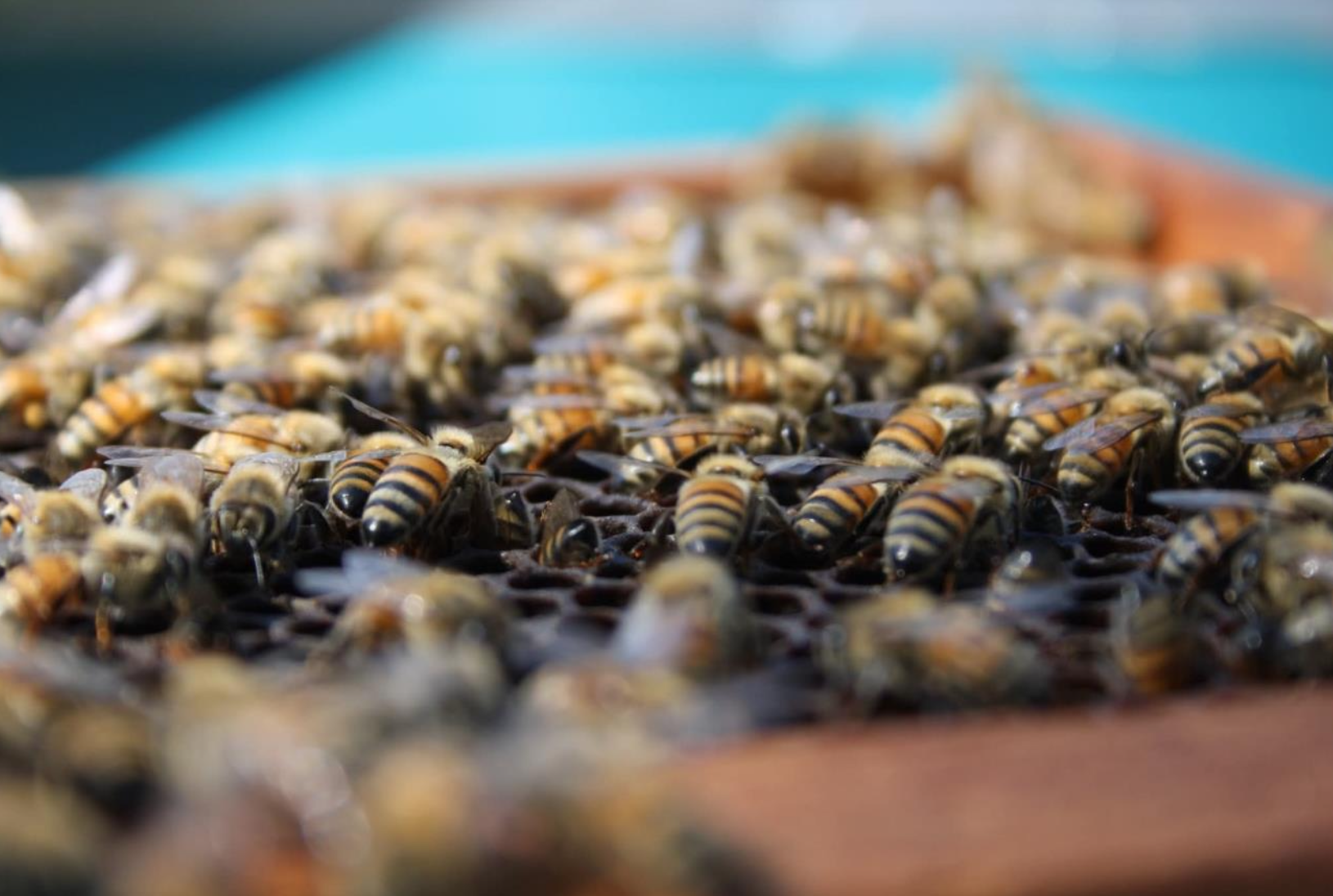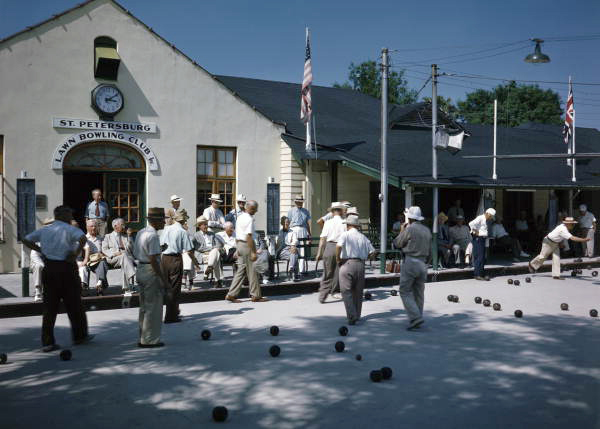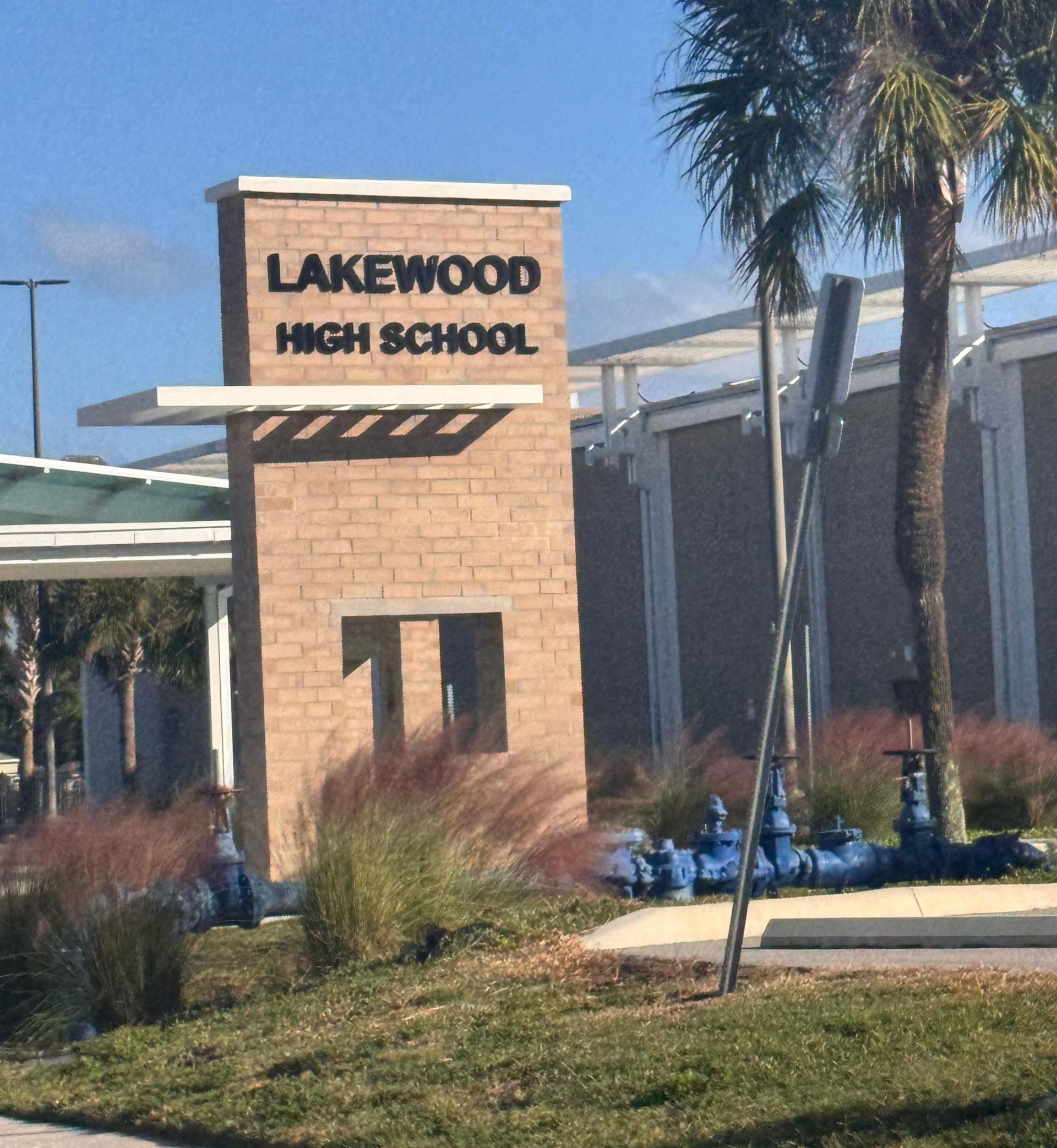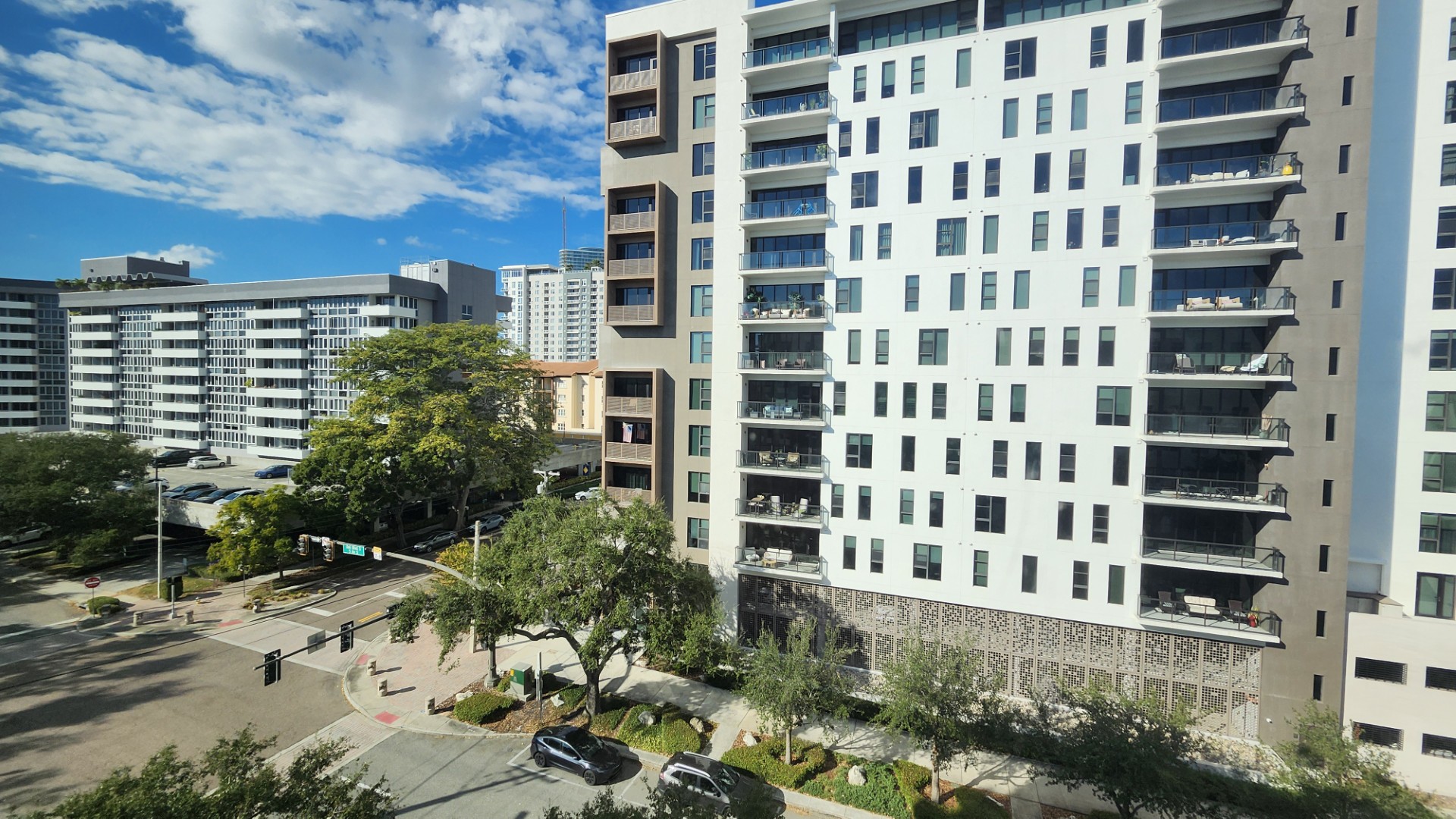By Zachary Sherman For the 11th year in the Tampa Bay area, the company Villain Arts has hosted its annual tattoo festival in the Tampa
Read MoreAuthor: April Borjon
Tampa’s underground music scene moves to secret spaces
By Anna Volino Traditional venues are losing guests to pop-up music events that offer exclusivity and intimate experiences in Tampa’s evolving nightlife scene. Pop-up event
Read MoreOlder pets are offered a second chance at a forever home
By Delaney Taber Senior and disabled pets had long faced an uphill battle in shelters across Pinellas County, often waiting months or even years to
Read MoreSt. Petersburg’s faith-based communities battle food insecurity as federal aid stalled
By Joseth Rivera Local faith-based organizations in St. Petersburg became crucial lines of defense against rising food insecurity during the government shutdown. From small church
Read MoreUrban beekeeping finds a home in St. Petersburg
By Sofia Modica Urban beekeeping is taking root across St. Petersburg. In backyards, on unused city-owned lots and even tucked behind small businesses, local residents
Read MoreCity approves license for century-old Lawn Bowling Club
By Anna Volino On Sept. 25, the St. Petersburg City Council cast their votes to approve the renewal of the St. Petersburg Lawn Bowling Club’s
Read MoreLakewood High School’s growth meets mixed community response
By Daniela Trujillo Lopez As Lakewood High School worked to strengthen its programs and reconnect with families in South St. Petersburg, parents, alumni and faculty
Read MoreUSF St. Petersburg reports low crime in latest Clery Act Safety Report
By Clark Stanton College campuses across the country faced renewed scrutiny of safety this year, as Clery Act crime data highlighted the risks posed by
Read MoreResidents struggle as St. Petersburg rent climbs
By Miguel Rio Last month in St. Petersburg, average rent prices leaped up to around 6% higher than October 2024, as reported by Zillow data.
Read MoreAs St. Petersburg grows, gig workers struggle with unstable income
By Alexis Poggendick Although gig work has long been promoted for its flexibility, St. Petersburg workers say the reality is far more unstable. “The Sunshine
Read More